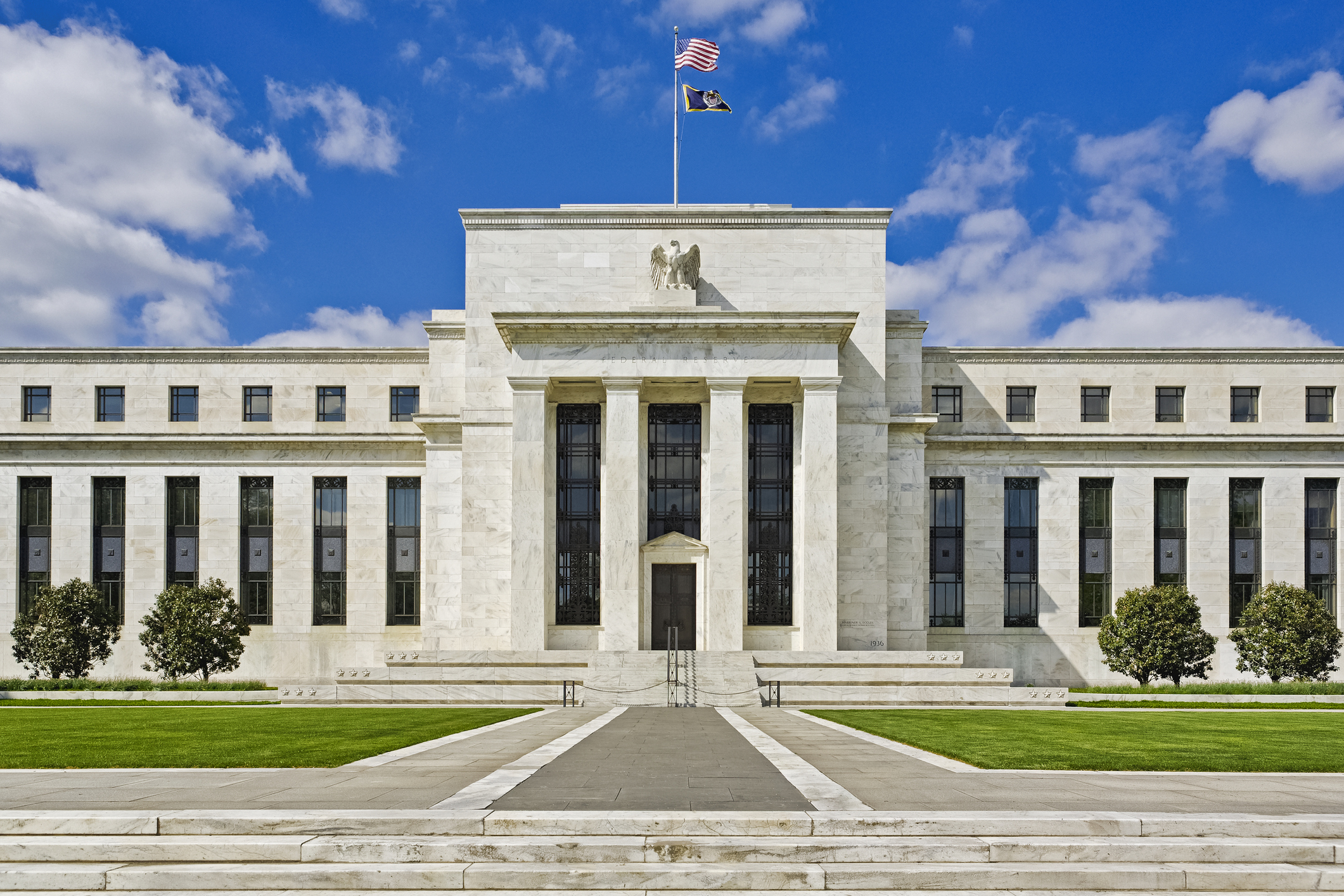Showing 3 results for:
US Economy
Popular topics
All results

On Wednesday, Dec. 4, President Joe Biden announced $600 million in new funding to support the Lobito Trans-Africa Corridor’s rail infrastructure. The Lobito Trans-Africa Corridor is a series of railway networks connecting the Central African Copperbelt to the Angolan port of Lobito. Known as the Benguela Railway , the rail line is essential for transporting goods to global markets. According to the White House, the investment will support key sectors in the region, including agriculture, clean energy, transportation and logistics, supply chains, as well as health and digital access. “The United States understands how we invest in Africa is just as important as how much we invest in Africa,” Biden said, as Bloomberg reported . “To help Africa lead the way. We need more capital and more infrastructure to deal with these real solutions. That’s why we’re here today.” The U.S. has invested $2.9 billion in Angola’s energy, infrastructure, and telecommunications sectors. Earlier this...

The Federal Reserve has cut interest rates for the first time since March 2020 — the beginning stages of the COVID-19 pandemic. Forbes reported that on Wednesday, Sept. 18, 2024, the U.S. central banking system announced the significant move that will have a widespread effect on Americans’ finances, making borrowing less expensive. Following a split decision on whether to make a 25- or 50-basis-point cut, the Fed’s policy-setting committee reduced the federal funds rate by 50 basis points. As inflation continues to moderate, the adjustment lowers the interest rate to a range of 4.75% to 5%, down from 5.25% to 5.5%, which were the highest levels since 2001. “Today, the Federal Open Market Committee decided to reduce the degree of policy restraint by lowering our policy interest rate by 1/2 percentage point,” Fed Chairman Jerome Powell said at a news conference following the announcement. “ This decision reflects our growing confidence that, with an appropriate recalibration of our...

You may have heard of inflation, but what about ‘shrinkflation’? If it’s not one thing it’s another. This time it’s a phenomenon called ‘shrinkflation’ where consumers pay the same price for less when it comes to buying goods. According to CBS News , this is not a new trick, this practice plays a role during periods of rising inflation or economic downturns. One of the results of the COVID-19 pandemic placed cost pressures on a number of industries along with their products thanks to various reasons which include difficulty in hiring workers, trucking shortages, and price increases for raw materials. “If you are a manufacturer or retailer, you have a couple of choices — you can keep prices the same, which means you have lower margins. Second, you can run fewer promotions, and that definitely happened in the last year,” said Anne-Marie Roerink, the founder of market research firm 210 Analytics. “And the third measure is to keep prices the same but have a little less in the box.”...